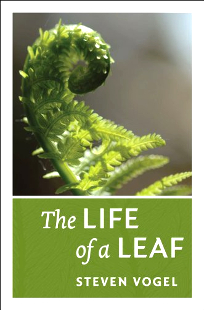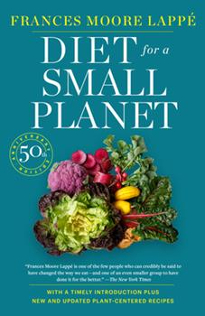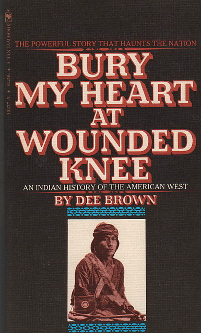Just the kind of book to get me hopeful and interested in gardening again, after a difficult summer. (I’m mostly ripping out diseased and bug-ridden plants now, hoping for better next spring). This book is a collection of thoughtful essays – just a few pages each- by small farmers new to the endeavor. From young couples to those starting out in their forties and fifties. People who inherited a small family farm or scraped together whatever they had to buy a piece of land or worked on leased soil not their own. Every kind of organization from tight-knit groups of volunteers and employees, to cooperative community workings, to a partnership that refuses to do anything requiring them to go beyond the power of their two pairs of hands. What they have in common is the effort put into growing good food. And what an effort it is. Economics, capricious weather, equipment troubles, financing woes, you name it. Then there’s the backbreaking work itself. The aggravating realities that most small farmers face, needing an off-the-farm job to make things work. The ideals they hold, the reasons they’re committed to keeping their operations small, to growing organic, to selling local. Mishaps, neighbor troubles, pest issues, struggles to deal with livestock as a first-timer- it’s all in here. Such a myriad of voices, but all on a subject I’ve been deeply interested in for a long time. The more I read about it the more I doubt I’d make it as an actual farmer, even though I love putting my hands in the soil and doing the hard work- so much of it is a balance of running a business and staying ahead of trends, there’s skills way beyond me and it’s all I can do to find time and solve the problems my little garden has! But I’m full of admiration for what these people have picked up, in the hardest time ever it seems. I’m inspired now to go to my local farmer’s market again – haven’t been there in a long time.
Borrowed from the public library.
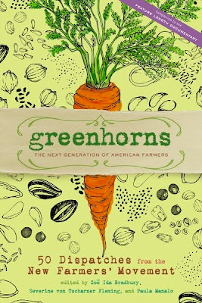
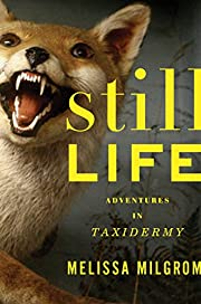
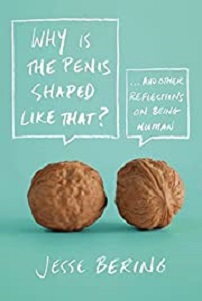

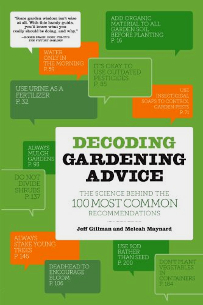


 Kind of interesting that this book was published before GPS and smartphones were so common. One chapter talks about automated systems being invented for self-driving cars- what they were capable of, and where they fell short at the time. The author speculated how great it would be if a computer system could analyze traffic patterns and divert drivers to alternate routs to relieve congestion. Well, that’s a thing now- and does it help much? How many times have you been in a car, and the device suggests an alternate route, telling you how many minutes you’ll save. But if everyone jumps over to the alternate route, pretty soon that one becomes the traffic jam.
Kind of interesting that this book was published before GPS and smartphones were so common. One chapter talks about automated systems being invented for self-driving cars- what they were capable of, and where they fell short at the time. The author speculated how great it would be if a computer system could analyze traffic patterns and divert drivers to alternate routs to relieve congestion. Well, that’s a thing now- and does it help much? How many times have you been in a car, and the device suggests an alternate route, telling you how many minutes you’ll save. But if everyone jumps over to the alternate route, pretty soon that one becomes the traffic jam.